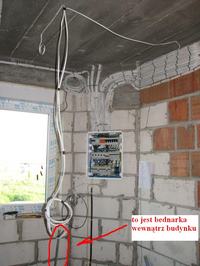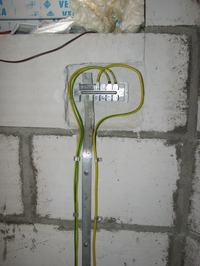Hello.
I have a question how to use the PE cable to connect the earthing pin (outside the building) to the busbar of the home switchboard.
The connection is made of a YKY 5x10 mm2 cable.
I want to do grounding additionally, because I am not convinced by this piece of flat bar (rod) in the ground in the ZE cabinet.
I want to make a grounding with a few pins and a hoop at a depth of about 1m.
But I don't know if I have to buy some YKY and use 1 wire as PE, or maybe there are typical cables for grounding.
I have a question how to use the PE cable to connect the earthing pin (outside the building) to the busbar of the home switchboard.
The connection is made of a YKY 5x10 mm2 cable.
I want to do grounding additionally, because I am not convinced by this piece of flat bar (rod) in the ground in the ZE cabinet.
I want to make a grounding with a few pins and a hoop at a depth of about 1m.
But I don't know if I have to buy some YKY and use 1 wire as PE, or maybe there are typical cables for grounding.




